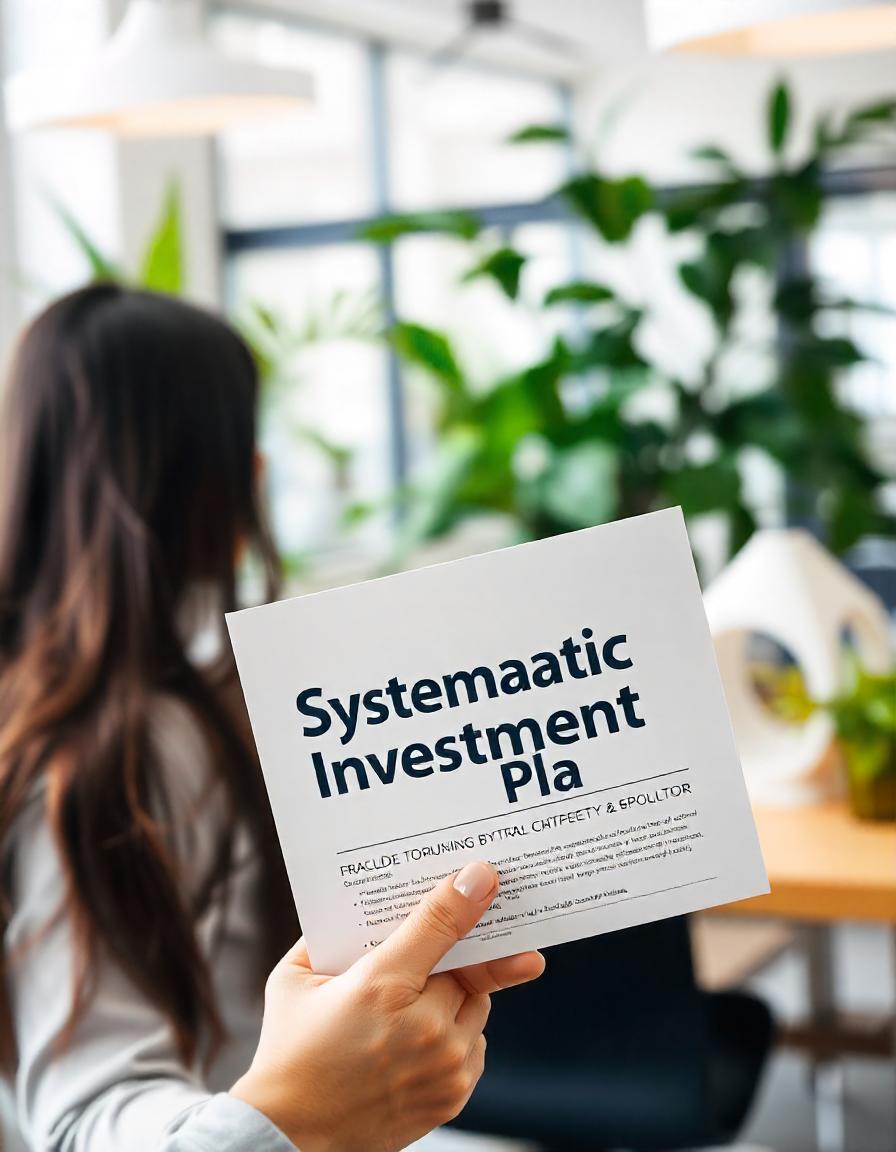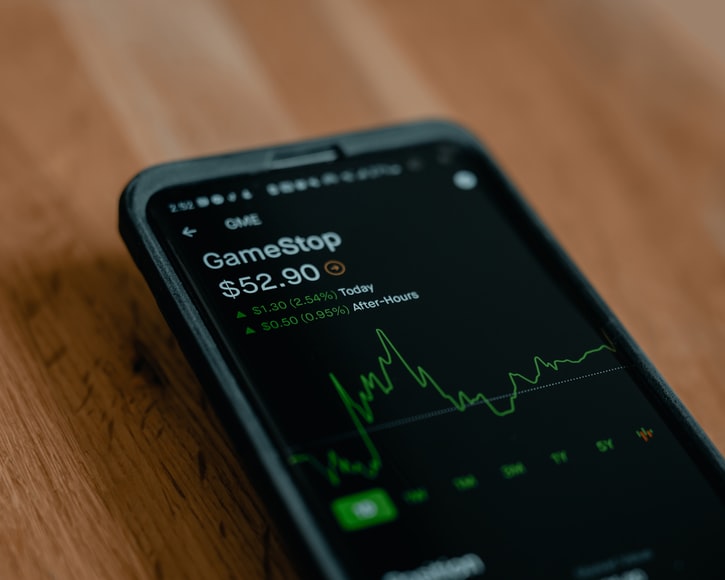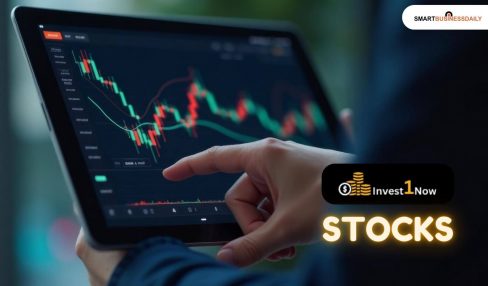Why do Some SIPs Have a Lock-in Period?
15 November 2024
5 Mins Read

toc impalement
Investing is one of the most important things today. A person who does not invest might run into trouble in the future. Therefore, investment is an important detail that every human being must consider.
Thankfully, there are so many different forms of investment opportunities present in the world today. As a result, investors can choose to invest in just about anything. However, today’s subject is not about investment.
Instead, it is more about the lock-in period of SIPs. What are they, and if they are necessary? Therefore, follow along as we take you on an educative journey where we discuss the basics of SIPs and their lock-in period so that you have a better understanding of the details.
Let’s start!
Fundamentals of SIP
The devil is in the details. This is like one golden rule that you need to understand no matter what. Therefore, make sure that you follow this in every small aspect of understanding finances.
Since we will be delving heavily into understanding what is an SIP lock-in period, we think that we also need to understand the fundamentals of an SIP.
In this section and the following subsections, we will be briefly looking at some of the fundamentals of SIP so that you can approach the topic with more clarity. Therefore, here we go!
Safety
Safety is a huge concern when it comes to financial investments. You should not put your money into anything that does not assure your safety. Thankfully, SIP is a very safe means of investing in mutual funds. Investing lump sum always puts you at risk of getting shoddy ROI. Meanwhile, systemic investment takes that load off and makes things a bit easier to manage.
Taxation
Tax is like that lingering friend who does not leave even after a party. In other words, you can lose all your financial liabilities, and you still have to pay taxes. Therefore, taking taxation into consideration is very important. Sadly, SIPs are subjected to taxation. Therefore, you will have to pay a certain percentage in taxes, like most other investments.
Online Assets
Thanks to the current business landscape, you can easily start an SIP from the comfort of your home. This makes things much easier for people who want to invest. As a result, all you need to do is get in touch with an investment company and start your SIP journey slowly. Just make sure that the company is legit and has some experience in rolling money.
Exit Load
Lastly, you need to prepare yourself that you have to pay a certain exit load, This exit load might not sound too drastic or anything.
However, it can cut into some of the returns you are getting. Therefore, stay prepared and be assured that this is similar for everyone. Hence, there is no point dwelling on the subject.
Why do Some SIPs Have a Lock-in Period?
With the basics out of the way, you are finally ready to start with the meat of the topic. Out of the two modes of mutual fund investments – Systematic Investment Plans (SIPs) and lump sum investments – SIPs are typically more popular among retail investors. The total amount collected through SIP investments in August 2024 amounted to ₹23,547 crore. However, have you noticed that certain SIP investments have a lock-in period? Why is that the case? Continue reading to find out.
What is a lock-in period, and why do some SIPs have a lock-in period?
Certain investments don’t allow you to sell them until the predefined period is over. Lock-in periods are common in investments that help you save money in taxes. Some examples of investments that follow this rule are tax-saver mutual funds, such as the Equity-Liked Savings Scheme (ELSS). The length of an ELSS tax-saving fund’s lock-in period is three years.
One of the many advantages of the lock-in period, other than tax saving, is helping you hold on to your investment and earn capital gains in the long run.
How does the Lock-in Period in ELSS Investments Work?
Every SIP instalment made towards an ELSS mutual fund is considered a separate lump sum investment for the purpose of the lock-in period. The lock-in period of three years is calculated separately for each investment and not from the date of SIP registration.
Here are a few other features of the three-year lock-in period of ELSS investments:
- You cannot liquidate your ELSS investments before the holding period of three years is complete: There is an embargo on the liquidation of investments made in ELSS mutual funds that you must follow during the lock-in period. You cannot liquidate your ELSS investments when the lock-in period is still going on.
- The lock-in period is not contingent on getting tax benefits: You have to follow the lock-in criterion of ELSS funds regardless of whether you have availed the tax benefits offered by ELSS funds.
- Once your lock-in period expires, there is no automatic redemption of eligible investment options under Section 80C: Certain other eligible investment options under Section 80C of the Income Tax Act, 1961, help you automatically liquidate your investment after the lock-in period. However, this isn’t the case with ELSS mutual funds.
- ELSS mutual funds carry the shortest lock-in period: Among all the other investment options that offer tax benefits under Section 80C, ELSS mutual funds have the shortest lock-in period.
What to do After the Lock-in Period Ends?
Once your ELSS SIP lock-in period ends, you can either stay invested or redeem your funds. If the fund is performing well and aligns with your goals, consider holding on for long-term growth. You can also opt for partial or full redemption based on your financial needs.
Alternatively, you can switch to a different mutual fund or reinvest in a new SIP. Reassessing your goals and the fund’s performance will help guide your decision.
In Conclusion
Lock-in periods in certain SIP investments, particularly ELSS funds, serve two key purposes: they help you save on taxes while also encouraging long-term discipline. By preventing early withdrawals, the lock-in period ensures you remain invested, even during market volatility, allowing your investment to benefit from potential market recoveries. This reduces the temptation to withdraw during low phases and helps you build wealth steadily over time.
Read More:


















Comments Are Closed For This Article